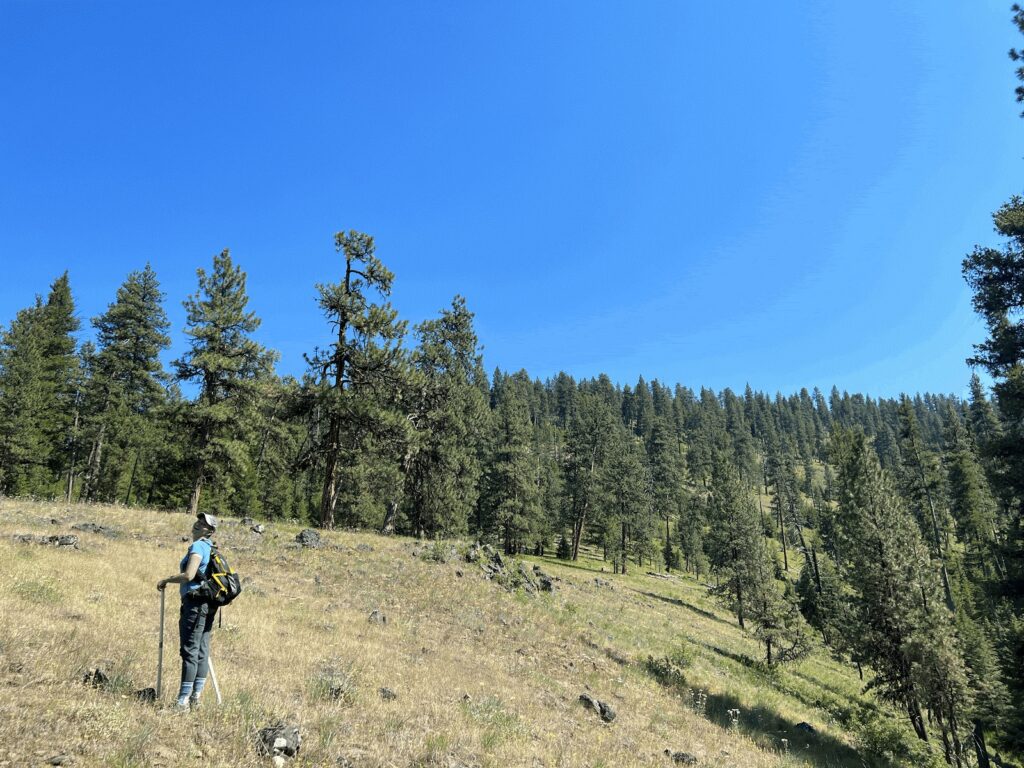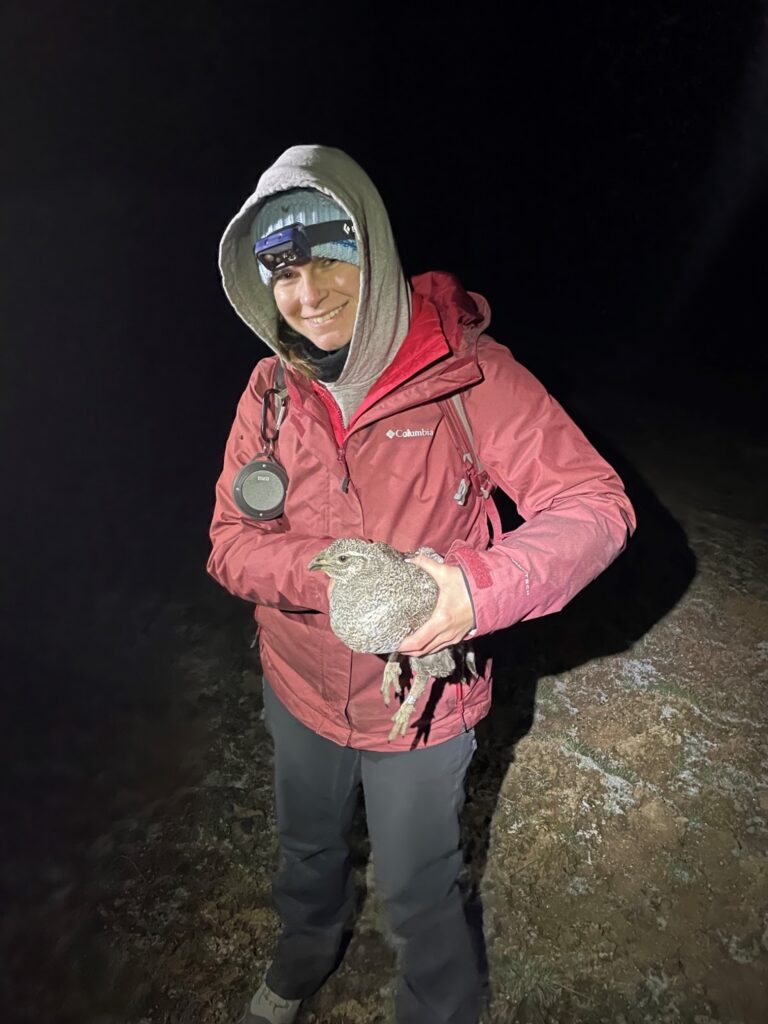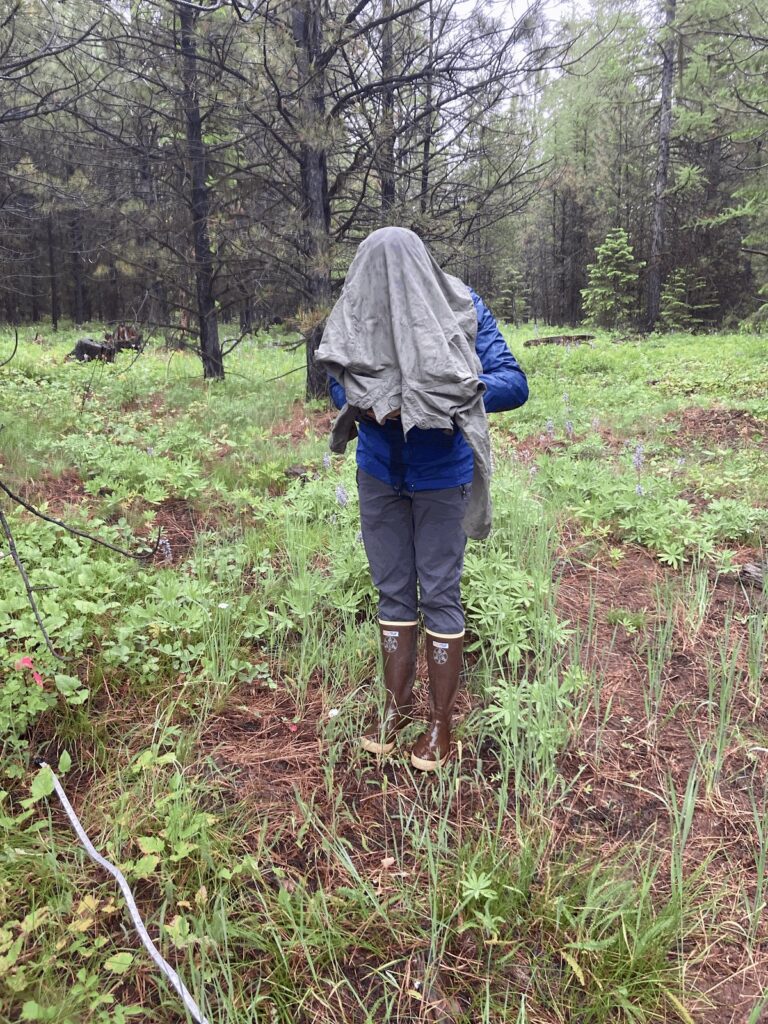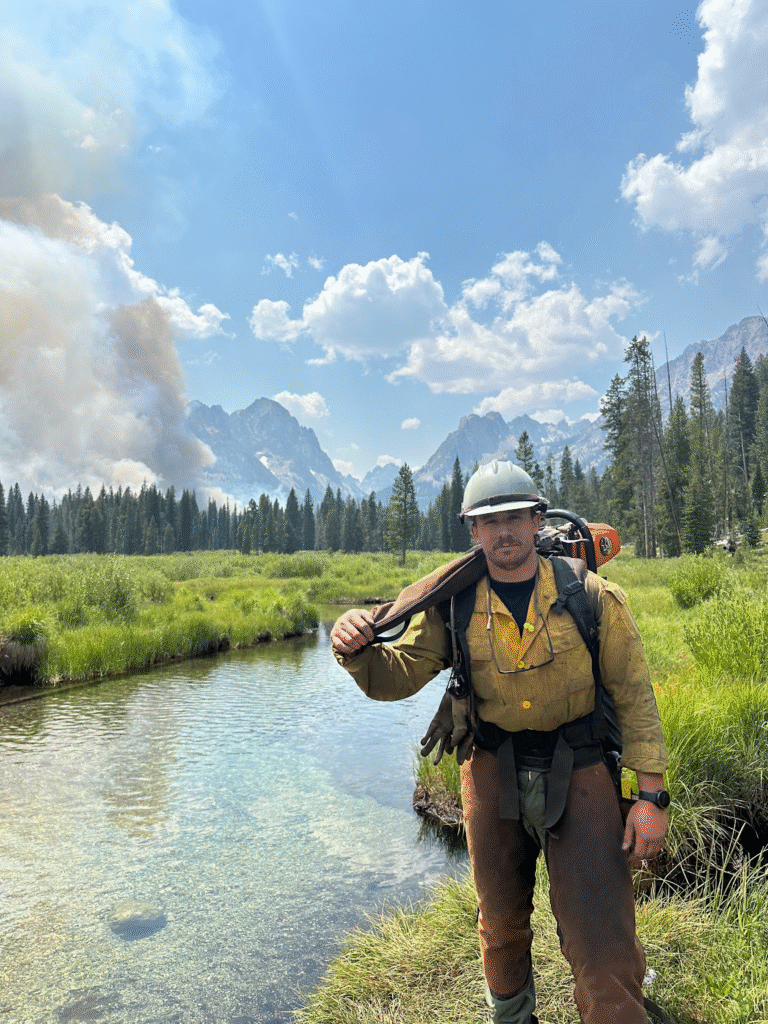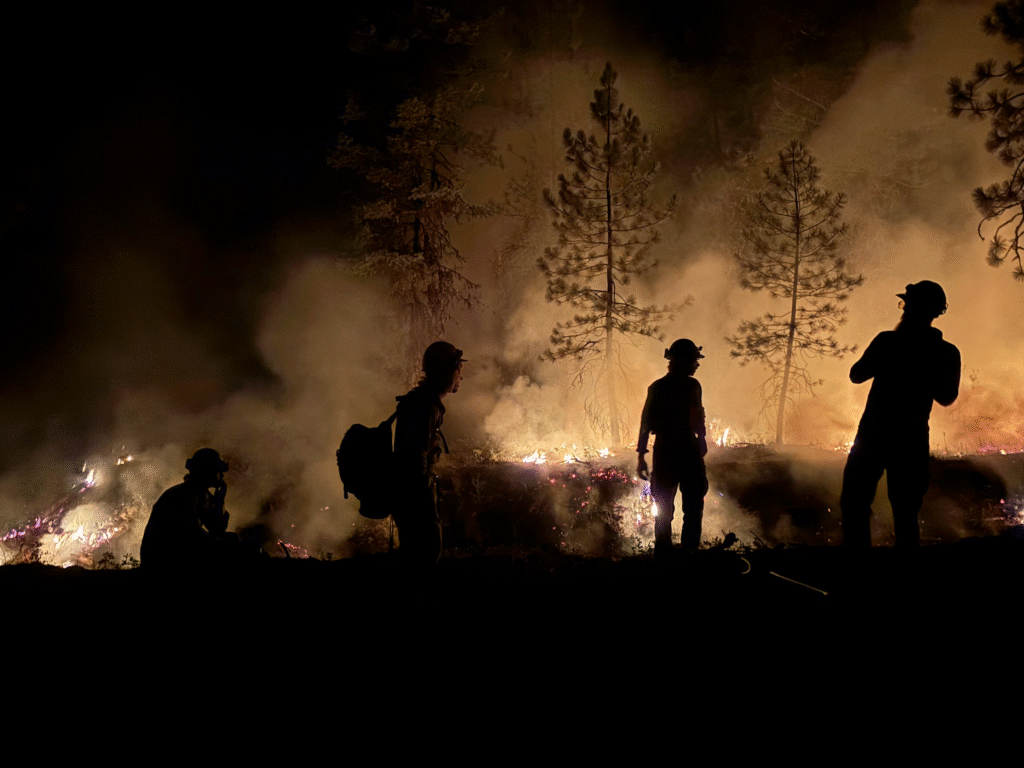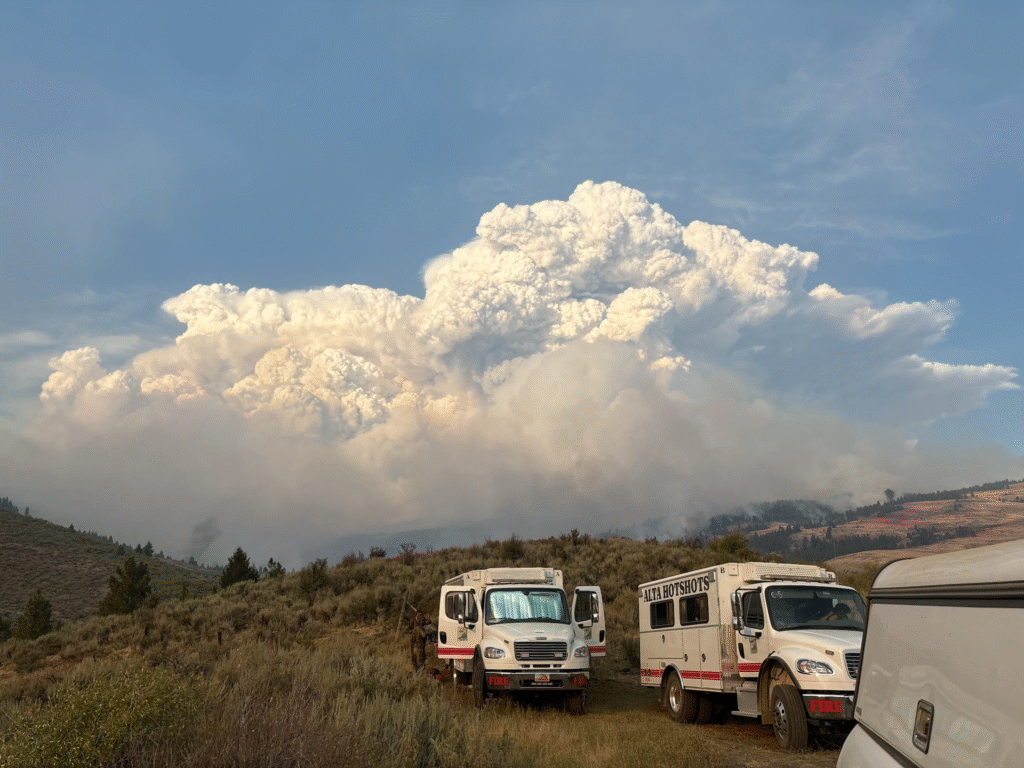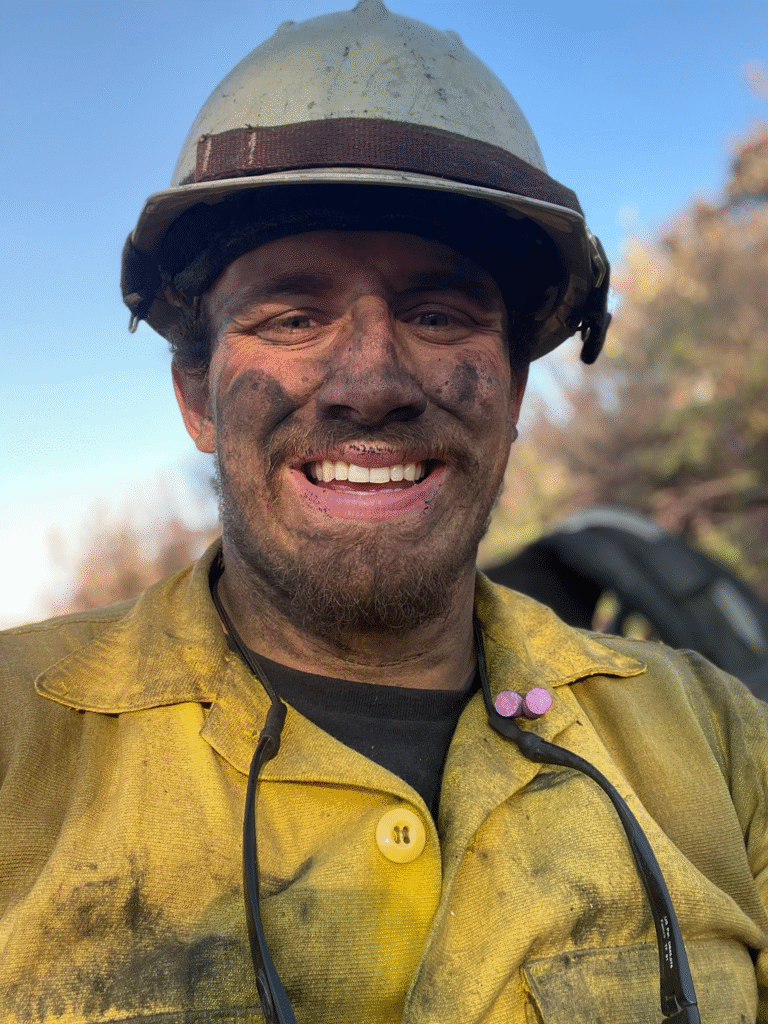Oregon’s many winding rivers meet the Pacific Ocean in gorgeous estuaries scattered along the coastline. These estuaries are critical habitat for salmon, water birds, Dungeness crab, and oysters, and are deeply connected to the local economies of coastal communities. These estuaries are also the primary habitat of eelgrass — a fully aquatic flowering plant. We may overlook eelgrass as the creepy thing under the waves that brushes against your foot while wading through the water, but it is actually incredibly important to coastal ecosystems. It protects against erosion, absorbs pollutants, provides breeding grounds for many fish and invertebrate species, and can act as carbon sinks. Unfortunately, eelgrass is disappearing because of dredging, development, and sea level rise. The good news is that researchers are actively investigating how to best restore eelgrass habitat. Olivia Boisen, a fifth year PhD student in the department of Fisheries, Wildlife, and Conservation Sciences, is one of these researchers.


As part of her research in the lab of Scott Heppell, Olivia is investigating several estuary sites along the Oregon coast where restoration practices are being implemented. Through this work she is able to determine the effectiveness of certain restoration practices on eelgrass recovery, and subsequently how various fisheries species respond.
Tune in to 88.7FM KBVR on October, 26th at 7PM PST (or anywhere you get podcasts) to hear a deep dive into the world of eelgrass, conservation, non-profit conservation work, and the interplay between coastal societies and habitat restoration!
Written by Hannah Stuwe
